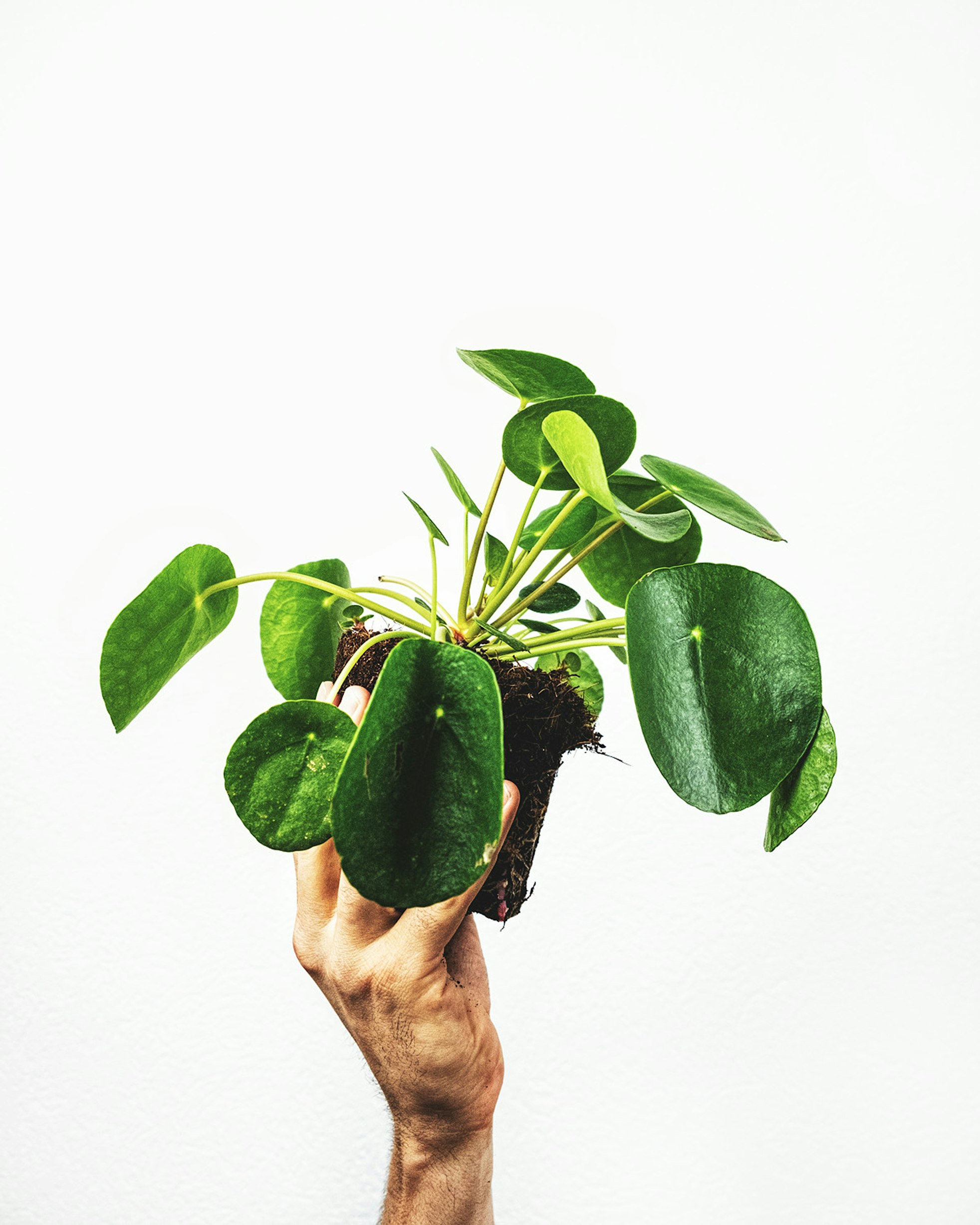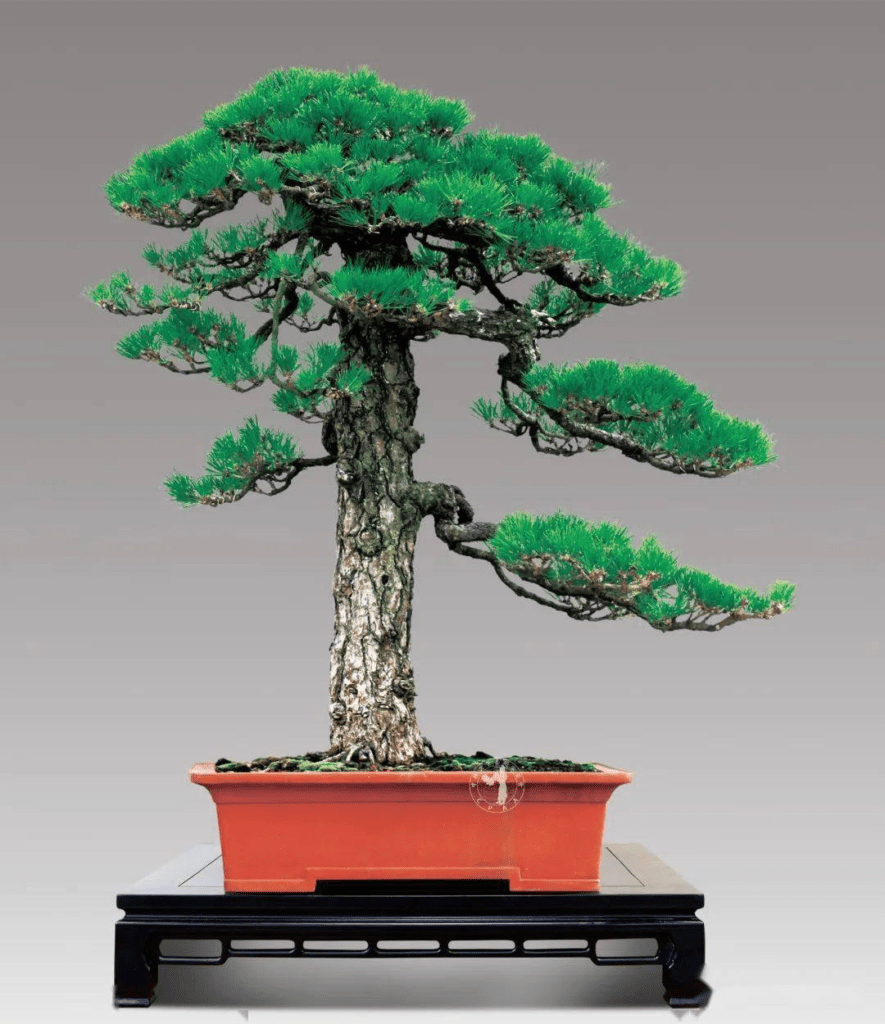
When it comes to bonsai pines, most people usually think of black pines because they’re most common. But pines are a diverse family – with varieties like black pine and red pine, both of which are two-needle types. Then, we have the five-needle pine, each bundle adorned with five needles.
There’s also the three-needle white pine native to China and pines with one or four needles per bundle, rumored to hail from the sunny regions of California and Mexico.
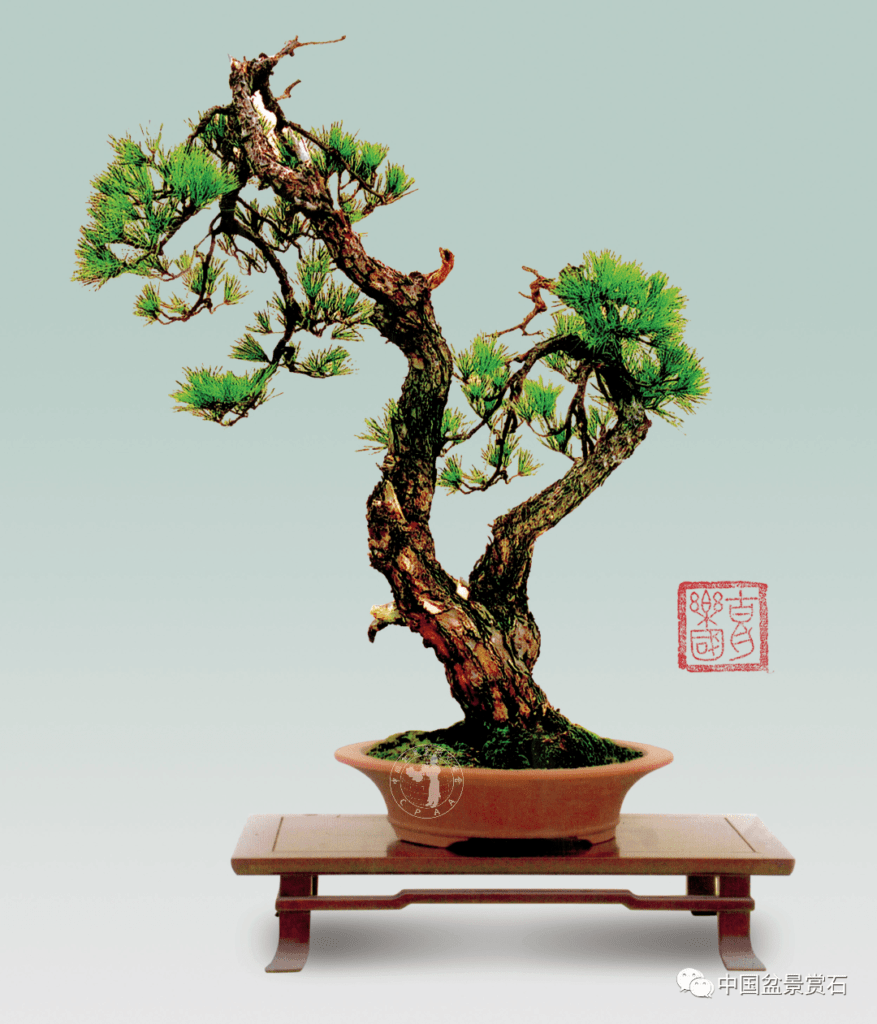
The world of bonsai largely revolves around two- and five-needle pines. The two-needle category branches further into varieties like black and red pines. Black pines – the illustrious Mikawa from Japan and Huangshan or Tianmu pine from China – are iconic for their grandeur and upright stature, earning them the affectionate moniker man pine. In contrast, the red pine, with its soft, sparse needles and gray or red-brown bark, has a feminine charm that’s landed it the nickname woman pine.
The five-needle pine bonsai typically use Japanese varieties like Osaka pine and others with diverse foliage.

In China, the birthplace of bonsai, pine bonsai holds a high status. The word pine in Chinese implies the king of trees. It’s often said Without a pine in your bonsai collection, it’s all in vain when you’re old. This comes from the idea that pine bonsai keeps its form better than other plants, which tend to get unruly as they grow.
Crafting Your Pine Bonsai
Pine bonsai is a resilient and beautiful addition to any home, indoors or outdoors. Its spreading branches, umbrella-like crown, and dense green needles make it an evergreen spectacle all year round. The aged black pine bonsai with its strong, gnarled trunk and twisting roots paints a picture of enduring strength and grace.
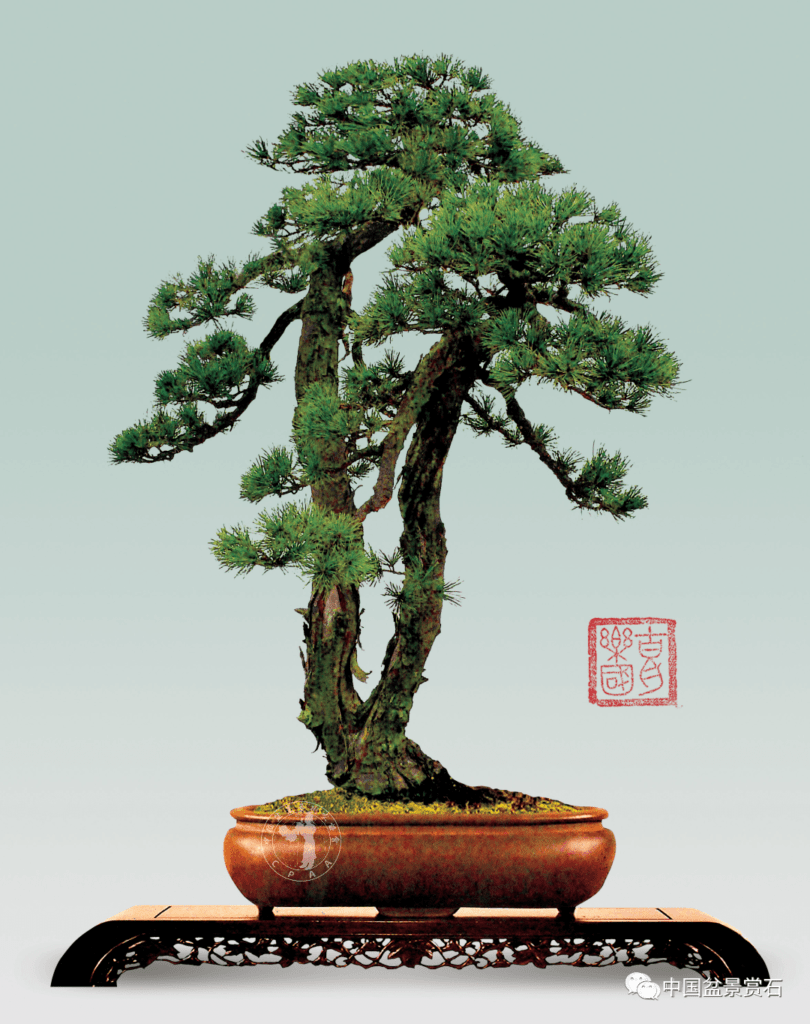
The Tree
If you have enough patience, you can start growing the pine tree for bonsai from seeds. Alternatively, select naturally germinated, stout and dwarf plants from wild pine forests. Especially, small old trees growing out of the rock crevices are preferred.
When selecting black pines, note that the digging time should be before mid March, i.e., before the black pine buds. Usually, rotten roots should be cut off, some long roots should be shortened, and excessive branches and needles should be pruned to reduce the burden on injured root systems.
Newly collected seedlings should not be directly planted in bonsai pots. Instead, cultivate them in larger clay pots for one or two years. When the root system is well developed and the branches and leaves are flourishing, they can be potted and shaped.
The Soil
Black pine is not strict about the soil, but loose, deep, neutral or slightly acidic soil is better. For potting, it’s best to use mountain soil or leaf mold soil, mixed with 20% sandy soil. Alternatively, you can use a mixture of mountain soil, humus soil, and sandstone soil in a ratio of 3:3:1. Avoid very fertile soil, as this helps control the plant’s growth.
The Pot
In the seedling cultivation stage, use a larger pot with good breathability, such as a clay pot. When planting the final work, choose a medium-deep purple clay pot. The pot shape can be determined according to the tree shape, usually rectangular or oval. Cliff-like styles are suitable for deep, tall cylinder pots or medium-deep square pots.
When potting, fill the root gaps with bamboo cuttings or chopsticks, ensuring there are no air left in the root area. After potting, water thoroughly and place in a shaded, moist, ventilated area for about two weeks.
Caring for Pine Bonsai
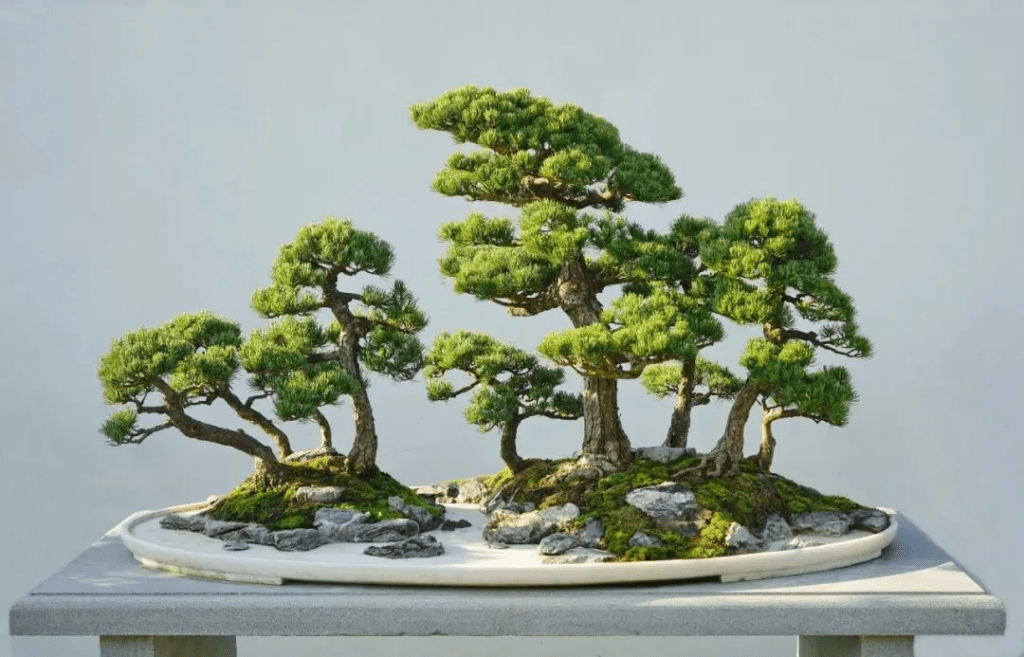
Taking care of a pine bonsai tree isn’t rocket science, but it certainly deserves a good share of your attention, a pinch of love, and a decent amount of patience.
Environment
You can display it in your yard or balcony all year round. Just make sure it’s getting plenty of sunlight and there’s a nice breeze. Be careful in the summer. If it’s a smaller bonsai, it might appreciate a bit of shade during those sizzling summer afternoons.
Watering
Pines love to stay dry and hate sitting in water, so make sure you only water it when it’s dry and give it a good soaking when you do. Restricting water during its growth stage can help the branches to stay short and stout, and the needles small, adding to its charm. During hot summer days, feel free to give it a little spritz – it’ll thank you for it.
Fertilizing
Black pines are really good at adapting to poor soil and don’t need a lot of fertilization. In fact, they can grow normally even if the soil lacks nutrients, and this can lead to short, dense branches with short leaves.
Twice a year, during spring when the growth is vigorous, you can feed it some fertilizer. If you’re looking for an easier route, there are Japanese Jade fertilizers available, but be careful, they can stink up your house and attract bugs – best to use them outside.
Pruning
Pruning is a balancing act. Pine trees don’t sprout new branches readily, so avoid over-pruning. But to keep your bonsai looking picture-perfect, you can pinch off half to two-thirds of the buds when they’re about to sprout leaves in March-April. For branches that interfere with the overall aesthetic, prune them during dormancy and seal the wounds.
The shape of your bonsai is a work of art that you create over time. Pine branches are generally flexible, but you need to be gentle when you wire and bend them. Don’t rush it. Once the tree settles into its new shape, you can remove the wires, usually after around six months.
If your pine tree’s needles are too long, you can snip them shorter. If you want them to naturally become shorter, control the water and nutrients during the spring growth and prune new shoots completely in July-August to encourage the growth of shorter needles.
Repotting
Every 3-5 years, it’s time to repot your pine bonsai. March is usually the best time. Shake off half of the old soil, trim off long roots, dead roots, and rotten roots. Balance the upper and lower soil by trimming unnecessary branches and leaves.
Disease and pest prevention
Lastly, watch out for common diseases like leaf rust, defoliation, twisted branches, and gall disease, as well as pests like aphids, scale insects, red spiders, and pine shoot borers. A light spray of insecticides can help control these nuisances. Be sure to follow product instructions for the proper dilution.
That’s it! Remember, patience is key, and your reward is the joy of watching your bonsai thrive under your loving care. And who knows? You might end up with a green thumb!

